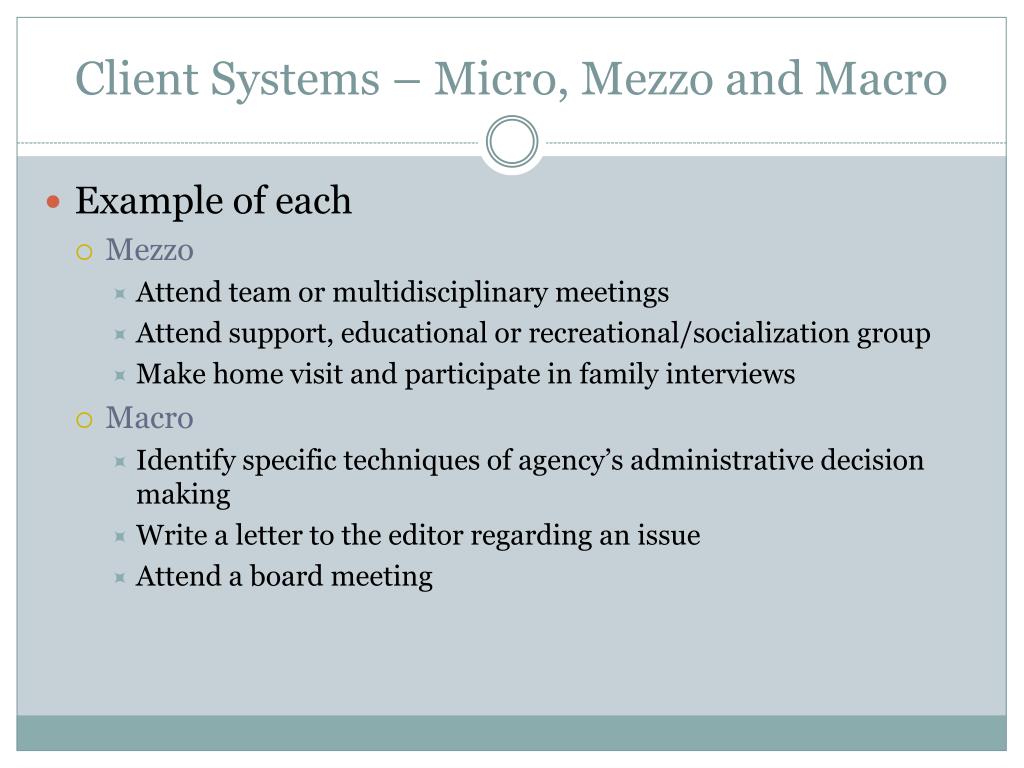
We aimed to recruit between 10 and 20 patients or to continue recruitment until we reached data saturation to ensure what Malterud et al.

Their responses were recorded and used in the follow-up questions. All the interviews were introduced in the same way, starting with the following question: ‘Overall, what role do you play as a PT while working in fall prevention in the municipalities?’ To help the informants talk freely about their experiences of working on fall prevention in a primary care setting, the interviews were conducted in a dialogue form and comprised of follow-up questions based on the participants’ answers to the main questions. Before beginning the interview, the interviewer told the informant about the purpose of the interview. The interviews were based on an interview guide created by the authors, see Table 1. One team member (AB), experienced in qualitative methods, conducted all semi-structured interviews. Hence, the present study aimed to explore PTs’ view of how they experience and perceive their role in preventing falls in the primary care setting. To foster higher levels of consciousness about fall prevention among those at risk, more qualitative research can provide a deeper understanding of the development and experience of fall prevention work. Previous research has shown that the most powerful means of preventing falls is exercise, and PTs often provide this type of intervention, playing a significant role in fall prevention. In many Western countries therefore, politicians engage with this topic.
#Micro mezzo and macro levels professional
However, fall prevention is an important topic for a variety of professional groups working with PTs, such as PTs assistants occupational therapists, nurses and physicians. Because falls are multifactorial, fall prevention also must address biopsychosocial characteristics such as age, history of previous falls, health conditions, polypharmacy, pain, fear of falling, self-efficacy for exercise and social support. Several systematic reviews and meta-analyses have stated that exercise is one of the most powerful ways to prevent falls and that physiotherapists (PTs) play a multifaceted role in this context. There is robust evidence that exercise can reduce falls in the older population. Every year, 30% of community-dwelling older people experience a fall, and falls are a leading cause of morbidity, mortality, functional disability, hospitalisation and institutionalisation in older adults. Falls pose a major threat to the well-being and quality of life of older people and have become one of the most important global public health concerns for community-dwelling older people and society in general.


 0 kommentar(er)
0 kommentar(er)
